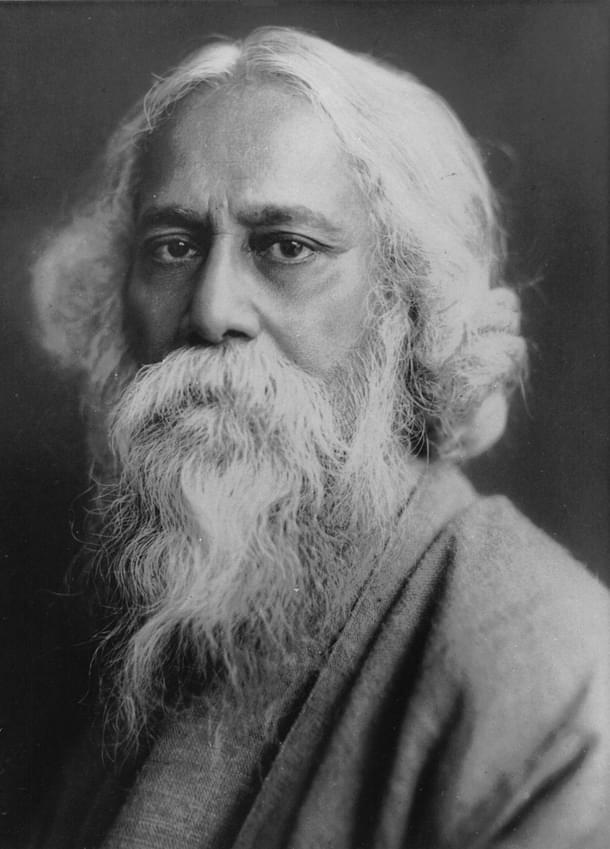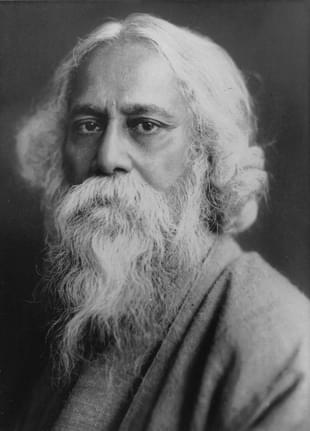Magazine
A Plan Of Action
Jay Bhattacharjee
Sep 12, 2015, 10:06 PM | Updated Feb 11, 2016, 09:14 AM IST
Save & read from anywhere!
Bookmark stories for easy access on any device or the Swarajya app.


The roadmap the book presents is well-conceived and logically presented.
It must have been a daunting task for the three authors to have come out with this crisp and thought-provoking blueprint for our country that is on the threshold of a new era. This ancient civilization of ours faces gigantic challenges as it attempts to grapple with new opportunities and choices. These choices are tantalizingly difficult and intricate for the decision-makers, who must nevertheless make them.
This is where the three co-authors have stepped in to offer an action framework that deserves the attention of India’s governing class and analysts and researchers. The initial scenario that the authors (hereafter AKS) present as a backdrop for their study is dismal. In 2014, India fared worse than Bangladesh and Sub-Saharan Africa in almost all critical indicators.
These are as diverse as annual inflation, current account deficit, the percentage of people below the poverty line, to Average Years of Schooling, Life Expectancy at Birth and Global Rank in Ease of doing Business. This writer, for one, agrees totally with the explanation proffered by AKS that we find ourselves in this appalling situation primarily because of 67-odd years of “elitist Nehruvian misrule”.
The historical residue certainly plays an important role in this entire canvas. However, what is more, important now is to look at the prescriptions suggested by the authors to extricate the country from this mess. An initial thrust proposed to revive the growth momentum involves the drastic pruning of unproductive programmes like the MGNREGA, subsidies on food, fertiliser and fuel. This will be accompanied by increasing government revenues, through better tax compliance, boosting the profitability of PSUs and the railways, bringing back black money stashed abroad, introducing selective financial transaction taxes on “low productivity” activities such as FII operations in our bourses, and freeing the idle “land bank” of the government and the PSUs.
Accompanying these measures will be other steps to promote private sector investment by creating an enabling ambience that comprises stable regulatory and fiscal regimes. The legal framework for land acquisition for development projects will be streamlined and fine-tuned so that one of the principal impediments for new private industrial projects is removed. AKS then move on to grapple with other critical deficiencies in our national canvas. Unemployment and poverty (closely interlinked as they are) are two shameful blots in our socioeconomic landscape.
How the Indian intelligentsia can live with such carbuncles on our body politic is something this writer can never fathom. To reach much higher levels of employment (i.e. near full-employment) by 2015, AKS recommend a two-pronged approach that aims to substantially increase the skill levels of our work force and to revamp our labour laws to provide the requisite degree of flexibility. Most of the “reform” lobbyists in this field only look at the ease of labour retrenchment, whereas these three wisely look at a much more equitable model of labour laws and administration—the Nordic system.
The Danish structure labelled “flexicurity”, which successfully combines retrenchment possibilities with income security is the one they recommend. This approach is indeed a welcome change from the hatchet-man approach of the desi industrialists and business chambers. To this reform programme, AKS add another essential component—a massive programme of skill formation through cooperation between the State and industry. When it comes to poverty elimination, which is the flip side of employment creation, the ideas of AKS are equally bold. Along with job opportunities, India must provide adequate educational opportunities, housing and sanitation. Here again the Nordic and Western European frameworks are most relevant; this writer has studied this particular developmental strategy and admired how it combines ethics, equity and a role for the market.
AKS also strike the right balance here, since one of their stated aims is a “developmental paradigm” rooted in our “philosophical and ethical norms”. What warms the cockles of this analyst’s heart is their quotation from Tagore:
“Paschatey phelechho jarey, shey tomarey paschatey tanichhey” (“Those whom you have left behind are pulling you back”).
A nostalgic recall from Agarwala’s salad days in Calcutta’s College Street? The AKS roadmap is well-conceived, well conceptualised and logically presented. But will the commendable plans of AKS ever succeed, without fundamentally revamping our Constitutional framework, thereby ushering in a completely different legal-administrative structure? Surely, India now needs a 2nd Republic, in much the same way as France needed the 5th Republic in 1958.
Jay Bhattacharjee is a policy and corporate affairs analyst based in Delhi.





